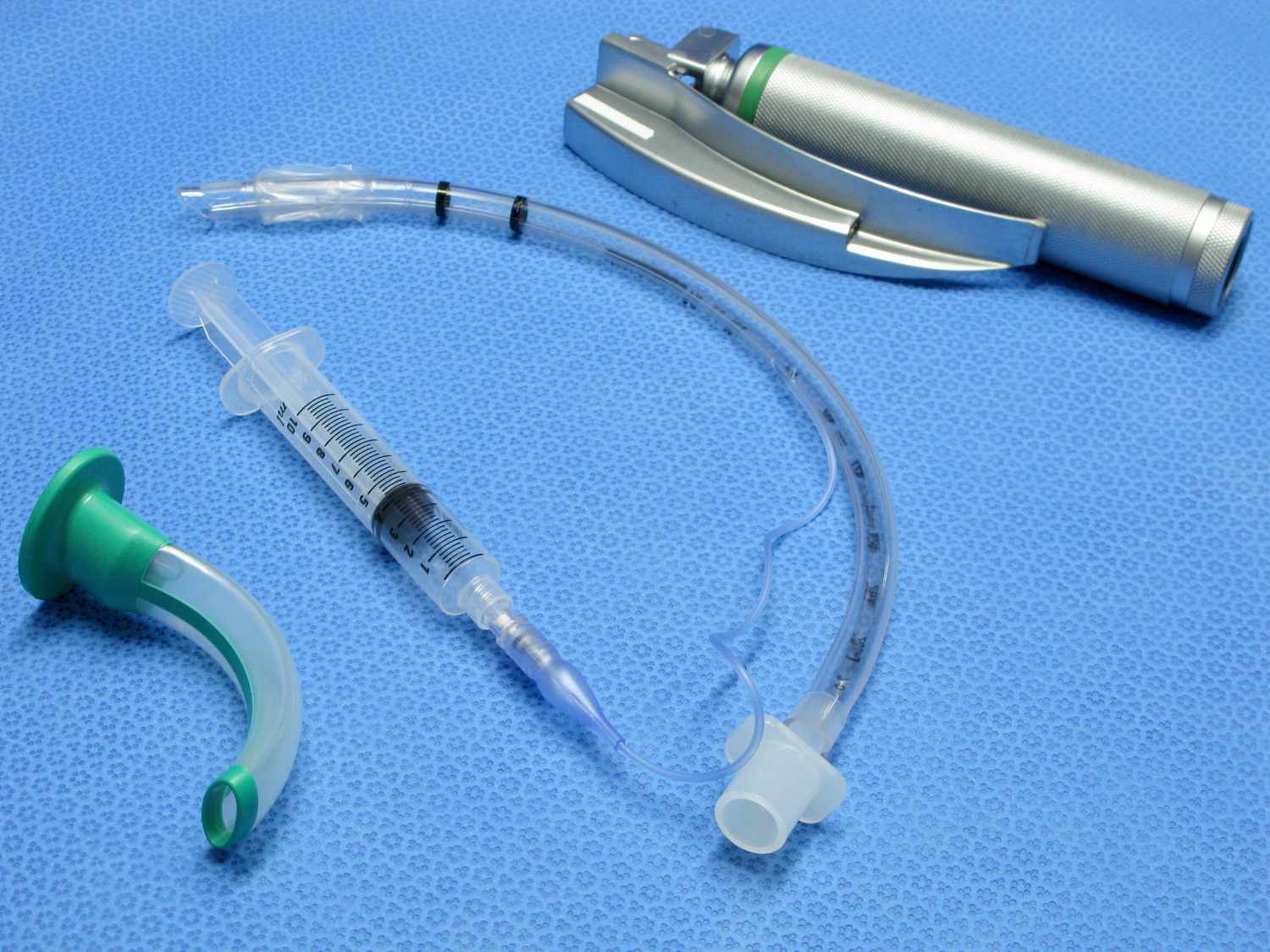The endoscope insertion tube is a crucial component in modern medical procedures. It plays an essential role in endoscopy, allowing healthcare professionals to visualize internal organs and structures without the need for invasive surgery. By using an insertion tube, doctors can diagnose and treat various conditions effectively, leading to improved patient outcomes.
The primary function of the insertion tube is to facilitate the introduction of an endoscope into the body. An endoscope is a flexible tube equipped with a light source and camera, enabling physicians to see inside the patient’s body. The insertion tube’s design is specifically engineered for maneuverability and precision, allowing healthcare providers to navigate through tight spaces with ease.
The Role of Insertion Tubes in Medical Procedures
Insertion tubes are employed in a wide range of medical procedures, including gastrointestinal, respiratory, and urological examinations. By providing a clear view of the internal structures, they help doctors detect abnormalities, perform biopsies, and administer treatments. Consequently, the effectiveness of an endoscopic procedure is heavily reliant on the quality and design of the insertion tube.
For instance, during a gastrointestinal endoscopy, the insertion tube allows the physician to examine the esophagus, stomach, and intestines. If any irregularities are found, such as ulcers or tumors, the doctor can take necessary action immediately. This capability to visualize and address issues promptly enhances patient safety and reduces recovery times.
Design Features of Endoscope Insertion Tubes
The design of the endoscope insertion tube significantly impacts its functionality. Typically, these tubes are made from flexible yet durable materials that can withstand bending and twisting without breaking. The flexibility allows for easier navigation through the body’s natural curves, minimizing discomfort for the patient during the procedure.
Moreover, many insertion tubes feature a tapered end. This design aids in easing the entry of the endoscope into the body, reducing trauma and discomfort. Additionally, the inner diameter of the insertion tube is crucial, as it must be wide enough to accommodate various instruments, such as biopsy tools and irrigation devices.
The use of advanced technology in the manufacturing of insertion tubes has also led to improved imaging capabilities. Some tubes are designed to minimize glare and enhance visibility, making it easier for physicians to identify and assess conditions accurately.
Benefits of Using Endoscope Insertion Tubes
The advantages of utilizing insertion tubes in medical procedures are numerous. Firstly, these tubes minimize the need for invasive surgical procedures. As a result, patients experience less pain, reduced recovery times, and lower risks of complications.
Additionally, insertion tubes enable quicker diagnosis and treatment. For example, if a patient presents with symptoms suggestive of gastrointestinal bleeding, an endoscopic procedure using an insertion tube can quickly reveal the source of the bleeding. This speed is critical in emergency situations, where every minute counts.
Furthermore, the use of endoscope insertion tubes contributes to enhanced patient comfort. Modern designs focus on ergonomics and minimizing discomfort during insertion. By reducing the physical stress associated with these procedures, healthcare providers can improve the overall patient experience.
Ensuring Safety and Efficacy in Endoscopic Procedures
To maximize the safety and efficacy of procedures involving insertion tubes, it is essential to follow best practices. Healthcare professionals must ensure that the tubes are properly sterilized before use to prevent infections. The integrity of the insertion tube should also be regularly checked for wear and damage.
Moreover, training and skill development for medical staff is crucial. Proper technique when using the insertion tube can greatly impact the success of the procedure and patient outcomes. Continuous education on advancements in endoscopic technology will ensure that healthcare providers are equipped with the latest knowledge and tools.
Frequently Asked Questions
What is an endoscope insertion tube, and why is it important?
An endoscope insertion tube is a flexible tube used to introduce an endoscope into the body. It is vital for visualizing internal structures during medical procedures, helping in diagnosis and treatment.
How does the design of the insertion tube affect its use?
The design impacts the tube’s flexibility, maneuverability, and comfort during insertion. A well-designed tube enhances visibility and reduces discomfort for the patient.
Are there different types of insertion tubes for various procedures?
Yes, insertion tubes vary in size and design based on the specific medical procedure. Different types are tailored for gastrointestinal, respiratory, and urological applications.
How can healthcare providers ensure the safety of insertion tubes?
Providers must sterilize the tubes before each use and regularly inspect them for damage. Training in proper technique is also essential for safety.
What are the potential risks associated with endoscope insertion tubes?
While generally safe, potential risks include infection, bleeding, and perforation. However, these risks are minimal compared to traditional surgical methods.
Conclusion
In conclusion, the endoscope insertion tube is a vital innovation in medical technology that has significantly improved patient care and procedural efficacy. By allowing for less invasive examinations and treatments, insertion tubes not only enhance diagnostic capabilities but also contribute to a better patient experience.

